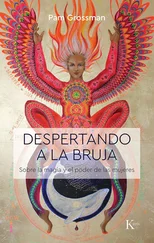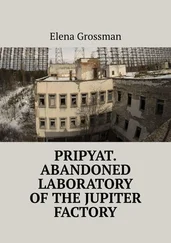I felt it then, Simon’s victory. We could indeed make a world. Chess is a game with simple rules and pieces, a small sixty-four-space board, but there are more possible chess games than there are atoms in the universe.
But in the middle of all this, there’s you, a person playing a video game. For fun, for a challenge, for reasons hard to understand. Some of it is just cognitive burnoff, something to take up the mental cycles you aren’t using and, frankly, desperately don’t want, because a lot of it is just compressed, impacted sadness.
But there is only so much you can do about it. Your character is always going to be you; you can never ever quite erase that sliver of you-awareness. In the whole mechanized game world, you are a unique object, like a moving hole that’s full of emotion and agency and experience and memory unlike anything else in this made-up universe.
You can’t not be around it; it’s you, even though “you” might be the last person you want to be around. But when the game, the second-person engine, starts again, it tells you about yourself, and maybe this time you will get it to tell you the thing you’ve been waiting to hear, the mighty storytelling hack that puts it all together. You’re lost in a forest, surrounded by mist-shrouded mountains. You’re in command of a thousand gleaming starships in a conflict spanning the galaxy. You and the machine, like Scheherazade and her king mixed up together in one, trying over and over to tell yourself your own story, and get it right.
CODA: RULES SUPPLEMENTAL
Introduction
Simon’s original paper-and-pencil role-playing game notes were left in his old bedroom until his mother sold the house, at which point they went into storage for a few years and wound up in the Black Arts office. I’d seen them long ago, sat reading them sometimes during sophomore year, waiting for the school bus, waiting for the long afternoons to end and my dad to get home. I read and read them, but we never ended up playing them even though I’d gone through all the dungeons in my head.
There are two main rule books. There’s the one with the red dragon on the cover, a picture of a dragon rearing up and breathing fire down on an armored figure whose upraised shield divides the stream of flame. REALMS OF GOLD is written across it in gold letters. And then there’s the Creatures and Items catalog, the cover of which depicts men and women in medieval dress posed stiffly around an overflowing treasure chest, their eyes wide in greed and wonder. There were also many, many supplements and photocopied articles, and the maps to all the dungeons and lands, with accompanying descriptions.
You got the books for Christmas when the game was first popular, and maybe your parents didn’t know what to get for you, but heard this was a good gift. The sample character sheets are marked up and erased in a bunch of different places, with joke character names written in and doodles in the margins.
(It’s hard to explain to Lisa how some of this matters; it helps that she used to play bridge a lot. Also that she is a good listener.)
Basic Rules
It’s a game, but there’s no score and no winner, and too many rules to remember properly. There are six terrain types: Town, Forest, Ocean, Mountain, Ruin, and Sky. There are five public character attributes: Fortitude, Acumen, Nimbleness, Resolve, and Folly; these cards go faceup. There is also a sixth secret attribute that is different for everyone. It goes on a card you hold facedown on the table.
Town Zone
The way it starts is that you meet an ancient traveler in a village inn who tells you a tale about a lost ruin deep in a mountain fastness; beneath it lies the gateway to a fantastic underground empire containing fabulous riches. At its very center is a treasure of untold value.
There are four of you. You listen, spellbound. Things aren’t going well at home, not for any of you. Barbarians sacked your village; your master was killed before your eyes; you were jilted by a lover. A usurper stole your rightful kingdom, and you stood around and let it happen. Somewhere out in the world there’s got to be a fix for this. You’ve got to find it.
As you exit the Town Zone, there is a rush of feeling, a mixture of relief and regret as you leave your backstory behind.
Forest Zone
On the map, the Forest hexes are cool and green, with darker green trees, like lumpy pillows, sketched in. The elf ignores movement penalties here, but it’s not like he cares—according to the manual, elves live for a thousand years.
As you wander the trails, there’s too much time to think. About whether the old man was lying, about why you didn’t just do something about that fucking usurper. It was all you had to do, deal with one guy in a velvet chemise. Why couldn’t you have been just a little bit brave? You imagine pushing him off a balcony; the crowd below cheers, the king and queen smile approvingly. You walk a little faster—can’t we get this over with?—and the track of an ancient road leads through miles of underbrush to a break in an ancient stone wall. There you make camp, crouching in the dimness like coders from Lisa’s graphics team.
You wonder who built the wall—dwarves or orcs or humans. Certainly not adventurers like you, who pause at places like this to search them for treasure but who never figure out how to stop and build a city. People like you only hoard the spoils, dividing it among sons who fight among themselves then ride off into the wild. Nobody learns to weave or make bricks or anything; there are just men in furs on horseback, bows and arrows and swords, and at night it’s cooking fires to the horizon.
Ruin Zone
A nameless, deserted fortress stands alone, deep in the wilderness. Once upon a time, this was the center of a great kingdom surrounded by a forest without end, a vast swath of Town terrain that stretched the length of the map until, long ago, it was annihilated in a strategic-scale campaign. When the kingdom fell, its terrain type modified to Ruin; one day, centuries from now, it will change to Forest.
(Ruins can contain multiple specialized terrain types: Cavern, Corridor, Debris-Strewn Corridor, Door [Standard and Secret], Room [Large and Small], Stairway, Pit, Special.)
A) Dungeon
Under a wooden trapdoor in the courtyard, stone stairs lead downward into a narrow space smelling of earth. At first, tree roots poke through the ceiling and stray sunbeams come in through the cracks, but after a few hexes, sunlight and the sounds of the forest disappear.
Skeletons hang from manacles in rooms and corridors of damp stones coated with algae. Goblins, giant rats, vicious animals roam the otherwise empty halls. A false wall at the back of a cell opens to reveal stairs leading still farther down.
(There’s a picture showing the ruined hall; Lisa says the artist could stand to learn a little about stonework, not to mention where to place load-bearing elements.)
B) Tombs of Terror
Were these built at a later date? The workmanship is much finer, although poison spikes and mocking inscriptions ward explorers off from the graves of the honored, eternally pissed-off dead. In the Tomb of Lorac, there is a cache of gold and precious magic objects surrounded by the bones of luckless adventurers who came before you.
This is as far as the old kingdom builders ever dug, but a crack in the tomb wall gives access to the Glowing Caverns.
C) Glowing Caverns
A rough landscape of towering stalagmites and luminous, overgrown fungi. Colored crystals protrude from the cavern walls. A pool of shimmering rainbow liquid yields random magical effects—invisibility, telepathic powers, hallucinations.
Читать дальше
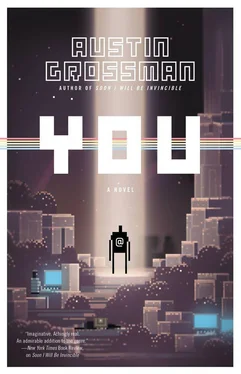
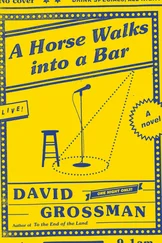
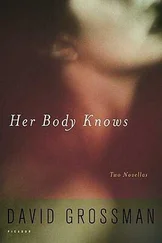
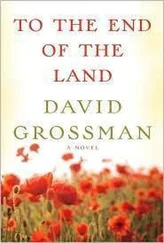

![Ally Carter - [Gallagher Girls 01] I'd Tell You I Love You But Then I'd Have to Kill You](/books/262179/ally-carter-gallagher-girls-01-i-d-tell-you-i-lo-thumb.webp)

